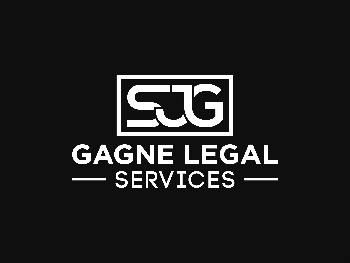[ad_1]
Traffic control devices are those devices that are used for regulating the traffic on the roads and bring about a sense of awareness among pedestrians and vehicle users about road safety rules. These devices come in various shapes/patterns and can be placed anywhere on the roads so that they are easily visible for road users. They can be used to alert about dangers, to inform about route diversions, to announce directions, so on and so forth. Here, you are going to get introduced to the concept of these devices, their types and purposes, so that you can be better informed when you step out on the roads.
Types of traffic control devices
Discussed below, are some of the types of traffic control devices that are used commonly on the roads today.
– Traffic Signs
– Traffic Signals
– Markings on road surfaces
– Creating traffic islands
Traffic Signs – These are quite commonly used to control road traffic and can be used for three main purposes – to regulate traffic, to warn users about something or to pass on general information. Regulatory signs help road users understand the prevailing traffic laws and regulations of a particular country. Warning signs help the general public about danger-prone areas so that they can stay away from them. General information signs have been designed to provide directions or guidance for users who are not sure of their destinations.
Traffic Signals – As we all know, most of the junctions in our country have traffic signals attached to them in order to regulate traffic and ensure smooth movement of vehicles/pedestrians on the road. Control signals like red, yellow and green are provided for vehicles to stop, get ready and move respectively. There are also some signals for pedestrians at these junctions which lets people when the roads are clear so that they can cross to the other side.
Markings on road surfaces – Usually made in bright and hugely-visible colours, these markings are in the form of drawings, objects or reflector units in order to highlight important/prohibited/danger areas on the road so that users can move around accordingly. All of these together, are aimed at improving road safety awareness among the users and to reduce the number of accidents that happen on a daily basis. With reflective and neon shades, these markings are designed in such a way that they are easily visible during the night hours as well, thereby helping drivers to calm down and regulate their driving.
Creating traffic islands – In this method, the traffic police force of a particular locality joins hands in creating separate lanes or divisions during peak traffic hours or during festival times, so that traffic doesn’t get clogged at one place for hours together. This is achieved by dividing a broad highway into two or three lanes with clear demarcating indicators, creating a separate path for pedestrians at big bus/train stations, and the like. Through all of these measures, traffic gets regulated to a certain extent and accidents are avoided to a large extent.
[ad_2]
Source by Jovia D’Souza
